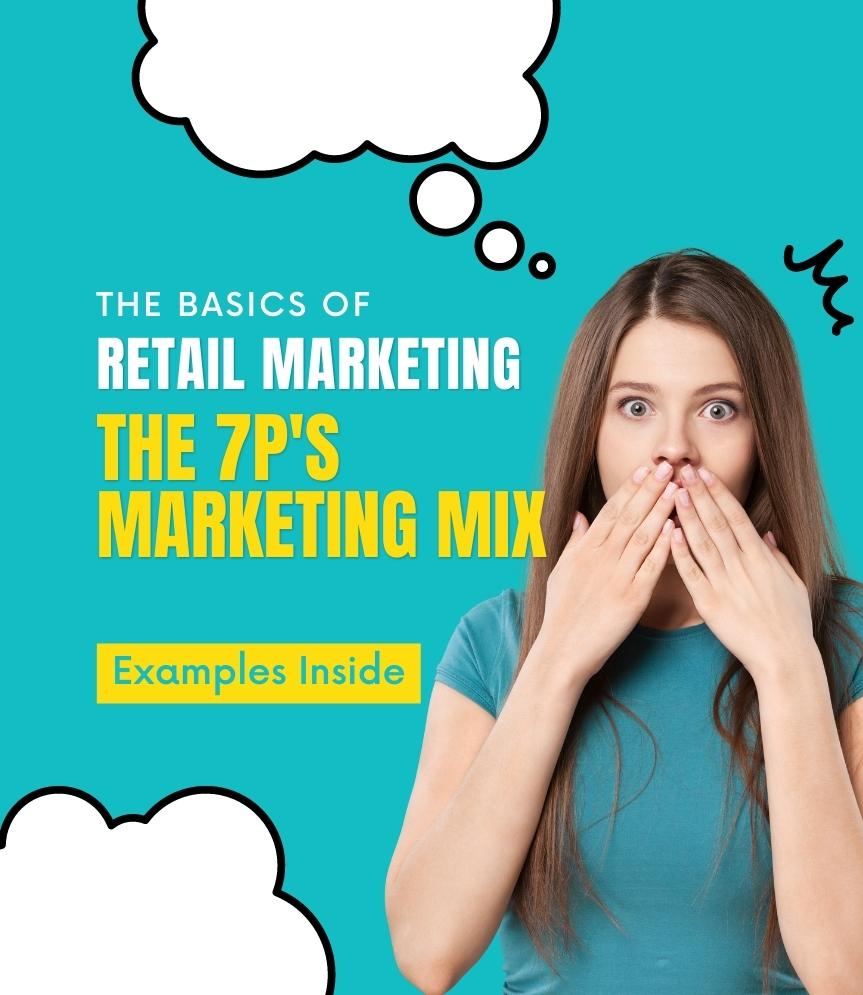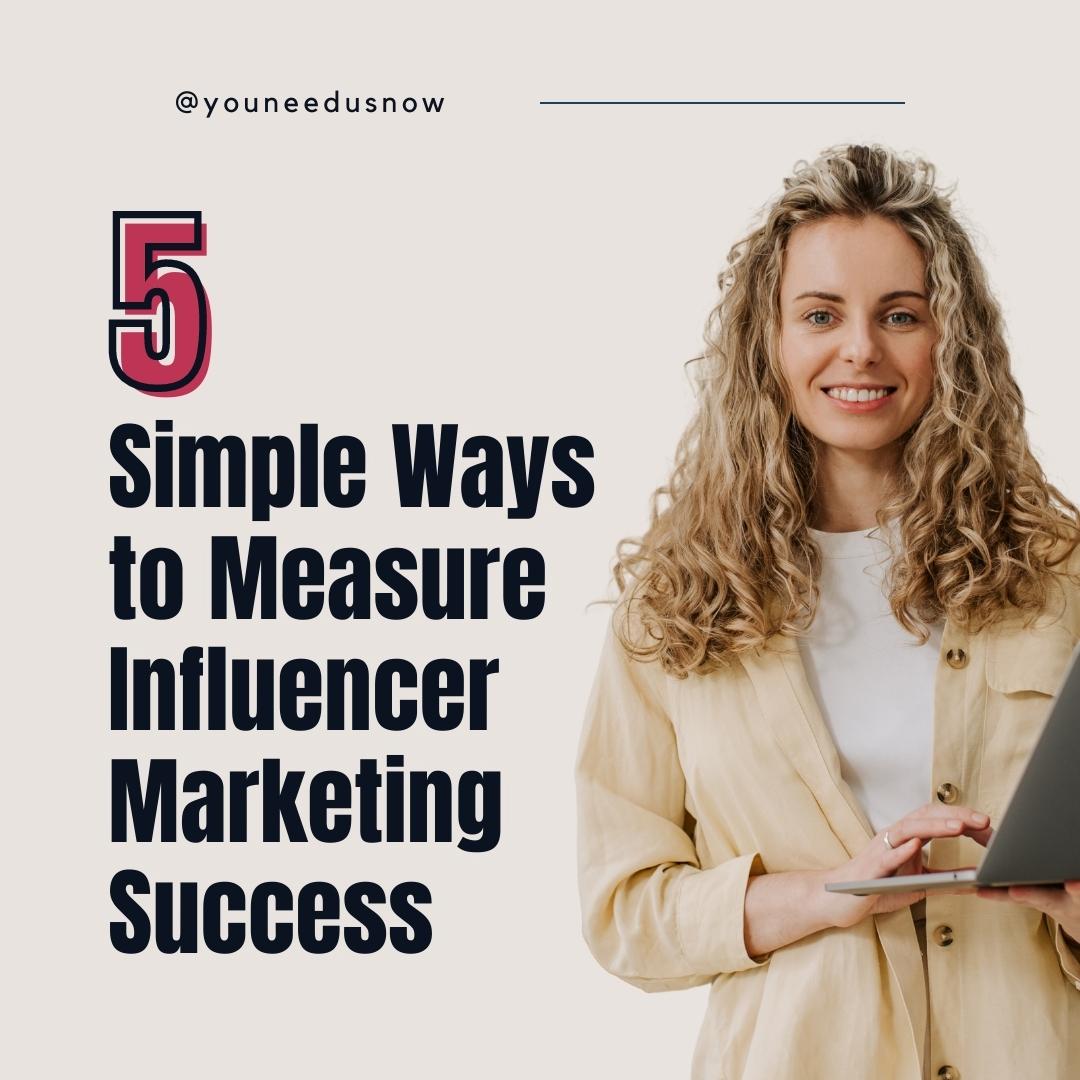Retail marketing is essential for businesses to reach customers, build relationships, and differentiate themselves from competitors. This document outlines eight marketing and promotion ideas for retail stores to help them achieve these goals.
Retail businesses of any size and industry can benefit from marketing and promotion ideas, regardless of budget or experience. There are plenty of options available to help reach their target audience.
In this article, we will explore 8 marketing strategies and promotion ideas for retail businesses, helping business owners and marketers to decide which will be most beneficial for their stores.

What is retail marketing?
Retail marketing is the process of promoting, selling, and providing customer service to customers in a retail setting. This type of marketing involves targeting, appealing, and motivating customers to purchase products or services from retailers.
Retail marketers typically focus on attracting new customers while retaining existing ones. To do this effectively, they must understand their target audience’s needs and preferences and create attractive campaigns to attract potential buyers’ attention. They also often use creative tactics such as special offers, discounts, loyalty programs, and promotions to entice shoppers into their stores or onto their websites. Additionally, retail marketers may need to collaborate with vendors to secure resources necessary for successful product launches or store events.
Technology has also impacted retail marketing strategies over the years; online advertising has become increasingly important when it comes to targeting consumers and personalizing promotional messages for individual shoppers depending on their past buying habits or interests. Various analytics tools have been developed in recent years, making it easier for marketers to monitor consumer behavior patterns across multiple channels, including social media platforms such as Facebook and Instagram. Retailers may integrate these data points into their digital campaigns so they can better target their individual audiences based on age demographics, geographic location, etc.
While traditional marketing concepts remain relevant today when it comes to connecting with customers at a local level through physical stores – technology has enabled retailers to reach out much further than before across both offline & online channels alike, offering more comprehensive options for engaging consumers inside & outside store premises simultaneously so that increased sales collaboration opportunities between retailers & vendors can be capitalized upon for mutual success!

What are the 7 P’s of Retail Marketing Mix?
The 7 P’s of retail marketing refer to the seven most essential elements of a successful retail strategy: Product, Price, Place, Promotion, Packaging, Positioning, and People. Marketers must balance these seven components of a product or service offering for their target market to achieve maximum success in their given channel.
1- Product
This is the most critical P because it represents what customers will be buying from your business; it’s your offerings’ features and benefits. It could range from an intangible digital service like content creation to physical products such as apparel and home decor items. Every product needs to have clear value propositions defined for customers to make a purchasing decision.
2- Price
Setting prices correctly can drive sales by creating attractive strategies such as discounts and bundle promotions that give customers more value for their money rather than expensively priced options with lesser value attached to them. Understanding customer preferences when setting prices is key to ensuring better conversion rates at different price points within the product’s range of offerings.
3- Place
The goal with the place is finding ways that allow you to build customer convenience. At the same time, increasing sales volume at minimal cost setups—like pop-up stores or experiential events hosted close by customer dwellings periodically or partnerships enabling delivery services right up to customer doorsteps across different markets.
4- Promotion
The promotion covers all those activities through which you let audiences know about your brand beyond awareness-building measures—such as running special campaigns during festivals or leveraging influencers who will promote products on behalf of your brand by simply endorsing them as part of their personal lifestyle branding efforts they already have set up on social media platforms like Instagram, etc., If these promotions are cleverly designed, they could go viral in no time through word-of-mouth referrals from happy customers thus growing brand fanbase exponentially without spending too much money upfront into ineffective traditional advertising tactics online and offline alike!
5- Packaging
Packaging is vital for product presentation, providing helpful information about the product for both products and services. It is also a great way to differentiate your product from competitors and create a memorable customer experience. By using attractive packaging, businesses can communicate their brand values and build a strong connection with their audience. Additionally, packaging can increase product sales by providing incentives for customers, such as discounts for buying multiple items or special offers for limited periods.
6- Positioning
Positioning is a crucial component of retail marketing. It is the process of defining how your brand and product should be perceived in the minds of consumers. This is often achieved through positioning statements that set out how you want customers to think about your brand and how it will differentiate itself from the competition. It is important to ensure that the positioning is consistent across all marketing channels, including the website, social media, and in-store displays.
7- People
People are vital in retail marketing as they are the ones who engage with customers and create relationships. Customers will often return for repeat purchases if they have had a good experience with a sales assistant. It is important to have well-trained staff knowledgeable about the products and can provide excellent customer service. Additionally, building good relationships with vendors is essential for a successful retail business as it will ensure access to quality products and services at competitive prices.

8 Marketing and Promotion Ideas for Retail Stores
Several effective marketing and promotion ideas for retail stores can help increase foot traffic, boost sales, and create a loyal customer base. Here are 8 effective marketing and promotion ideas you can use to elevate your store’s success:
1- Social Media Marketing
Creating strong social media profiles on popular platforms like Facebook, Instagram, TikTok, and YouTube is an excellent way to reach potential customers online. You can build brand awareness while driving website visits or in-store sales by sharing relevant content regularly, interacting with followers, and running ads or promotions on these channels.
2- Influencer Marketing
Leveraging influencers as part of your marketing strategy can be a powerful tool for reaching a larger audience and amplifying your brand’s visibility. Influencers can promote your products and services in exchange for a fee, free products, or even just the chance to be part of a unique campaign. This type of promotion is especially effective for targeting younger demographics or people who follow specific lifestyle trends. Additionally, influencers can be used to drive website visits or in-store sales by running giveaways or other special campaigns. The success of influencer marketing campaigns depends on choosing suitable influencers with an established relationship with your target audience.
3- Email Marketing
Sending regular email newsletters with discounts or special offers is another great way to engage your customers directly in their inboxes. You can also segment audiences based on customer behavior, so the right message reaches the right person at the right time for maximum engagement and effectiveness.
4- Content Marketing
Creating high-quality content, such as pictures, videos, blog posts, and infographics, about topics related to your products encourages people to visit your website from search engines when looking for information related to those topics (known as “organic” search engine optimization). You can also run campaigns targeted towards specific keywords, which will improve visibility in searches done by potential customers looking for what you offer specifically (paid search engine optimization).
5- Loyalty Programs
Offering loyalty points or rewards programs incentivize shoppers to return after their initial purchase. Customers receive something in return for every dollar spent at your store, which builds relationships by making them feel appreciated over time rather than just after a single purchase.
6- In-Store Events
Hosting events such as expert panel discussions, artist signings/meetups, etc., inside the store provides a unique platform that attracts attention away from regular daily activities outside – not only do these usually bring large numbers, but they provide ample opportunity afterward with potential purchases being made!
7- Discounts & Promotions
Regularly offering discounts or promotional offers drives immediate sales while enticing future purchases; using strong visuals/messaging across all marketing channels strengthens impact immensely too!
8- Local Partnerships & Collaborations
Getting involved locally helps tap into local networks around each neighborhood, opening up opportunities unavailable elsewhere due to natural geographic relevance. Partnering with merchants nearby creates additional draw points for any events held nearby, allowing for crossover activations between stores. This collective effort increases visibility for everyone involved and should be strategically planned in advance for maximum efficiency.

Wrap Up – The Secrets to Successful Retail Marketing
In conclusion, the 7 P’s of retail marketing are key components of a successful retail strategy. They allow businesses to create a compelling product offering, set reasonable prices, reach customers through the proper channels, run effective promotions, leverage attractive packaging, differentiate their products from competitors, and build relationships with customers and vendors. Additionally, this article outlined eight marketing and promotion ideas for retail stores that can help increase foot traffic, boost sales, and create a loyal customer base. By utilizing these strategies, retail businesses can ensure their success in the ever-changing retail landscape.




